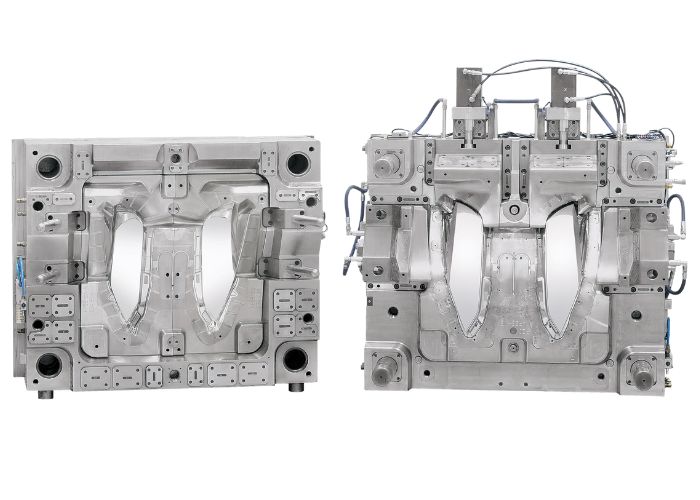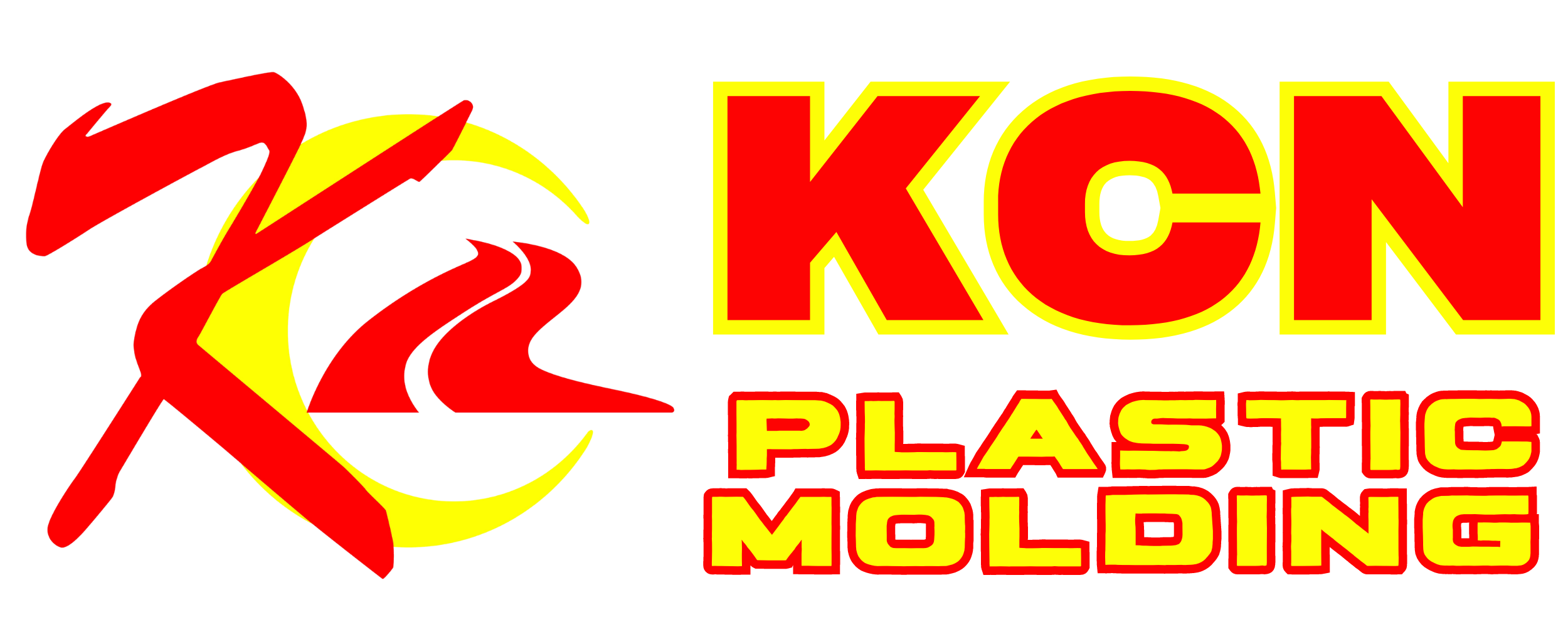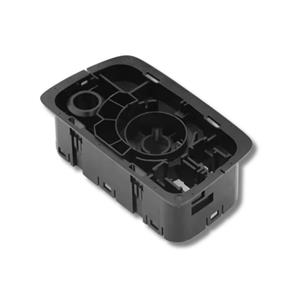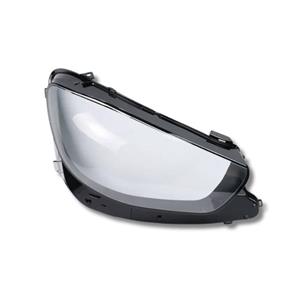Hogyan kezelik a műanyag szerszámgyárak a penészkopás és az öregedési problémákat?
In plastic mold factories, mold wear and aging are inevitable problems, which directly affect the service life of molds and product quality. Effectively dealing with mold wear and aging problems is crucial to extending mold life, improving production efficiency and reducing production costs. This article will introduce some methods for dealing with mold wear and aging problems in plastic mold factories to help production personnel improve mold service life and product quality.

1. Dealing with wear problems
1. Material selection: Select mold materials with good wear resistance, such as tool steel, cemented carbide, etc. According to specific application scenarios and product requirements, select appropriate material hardness and strength to improve the wear resistance of the mold.
2. Surface treatment: Improve the wear resistance of the mold through surface treatment processes. Common surface treatment methods include nitriding, carburizing, hardening, etc., which can increase the hardness and wear resistance of the mold surface.
3. Lubrication and cooling: Reasonable lubrication and cooling are important measures to reduce wear. During the use of the mold, lubricant should be added in time to keep the mold surface lubricated; at the same time, the cooling system should be reasonably designed to ensure that the mold maintains a suitable temperature and cooling effect during the injection molding process, reducing thermal stress and wear.
2. Aging problem treatment
1. Regular maintenance: Regular mold maintenance and care, including cleaning, lubrication and inspection. Remove dirt and residues on the mold surface in time to keep the mold clean; at the same time, lubricate mold parts regularly to reduce wear and aging.
2. Mold repair: For molds that are partially aged or damaged, they can be repaired. Common repair methods include welding, cutting, grinding, etc. Through repair, the use function of the mold can be restored and its life can be extended.
3. Replacement of parts: For severely aged and damaged mold parts, timely replacement is necessary. By replacing parts with better wear resistance, the service life of the mold and product quality can be improved.
3. Quality control and monitoring
In the process of dealing with mold wear and aging problems, quality control and monitoring are very important links. Establish reasonable quality control processes and monitoring standards to detect and correct problems in a timely manner. The mold life can be monitored and evaluated, the mold wear and aging can be checked regularly, and necessary repairs and replacements can be made.
4. Training and skills improvement
In plastic mold factories, training and skills improvement are essential for dealing with mold wear and aging problems. Through training, the skill level of operators can be improved, the maintenance and care awareness of molds can be strengthened, and the occurrence of wear and aging can be reduced.
In plastic mold factories, dealing with mold wear and aging problems is very important for extending mold life, improving production efficiency and reducing costs. Mold wear can be reduced by selecting suitable materials, surface treatment, reasonable lubrication and cooling. Measures such as regular maintenance, mold repair and parts replacement can deal with mold aging problems. Establishing a quality control and monitoring system, strengthening training and skills improvement are also the key to dealing with mold wear and aging problems. Production personnel should consider the treatment methods of wear and aging problems according to specific circumstances to improve the service life of molds and product quality.




